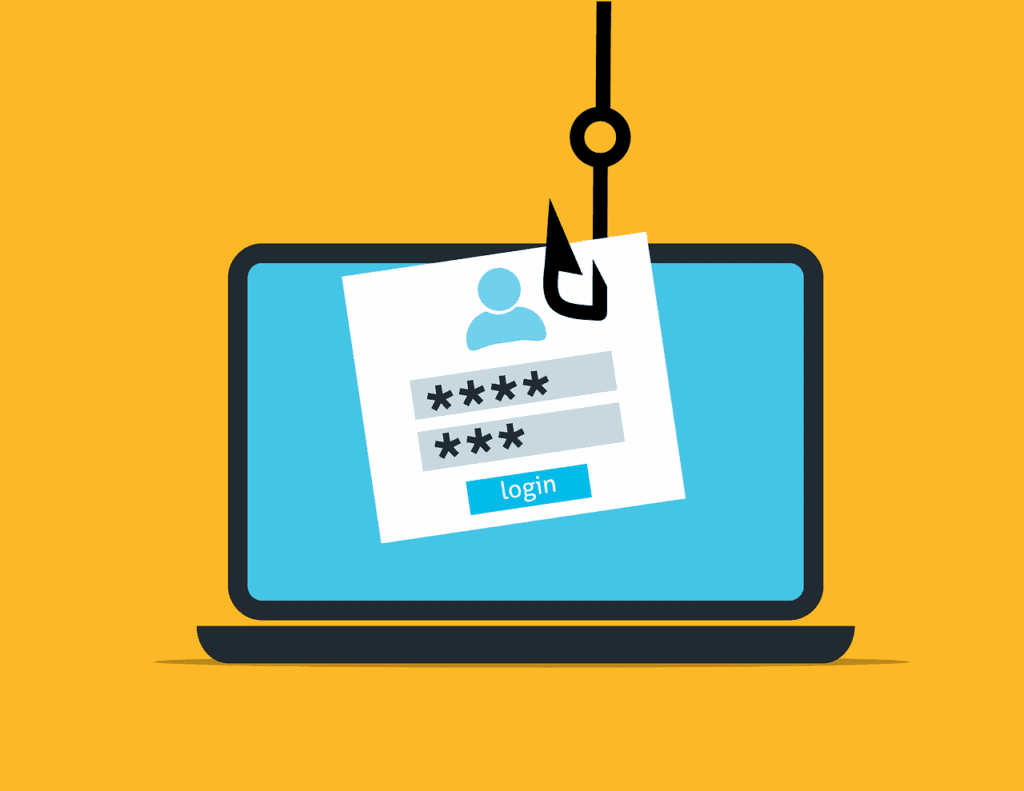7 Things to Consider When Getting a New Computer to Avoid Buyer’s Remorse
Have you ever bought a new computer and then had buyer’s remorse a few months later? Maybe you didn’t pay attention to the storage capacity and ran out of space. Or you may have glossed over memory and experienced constant freeze-ups. An







